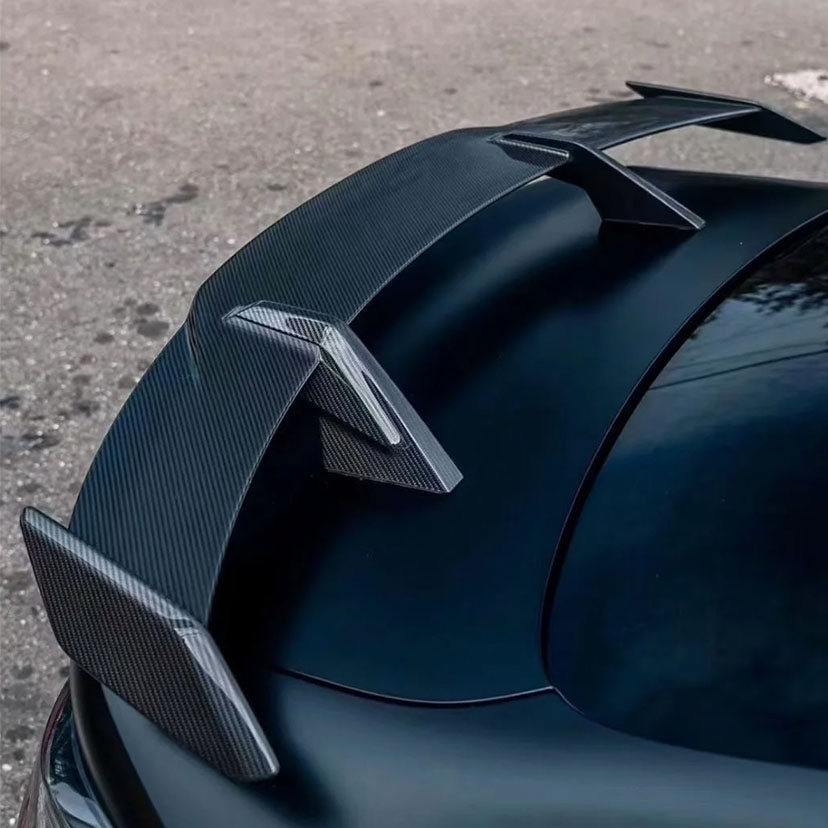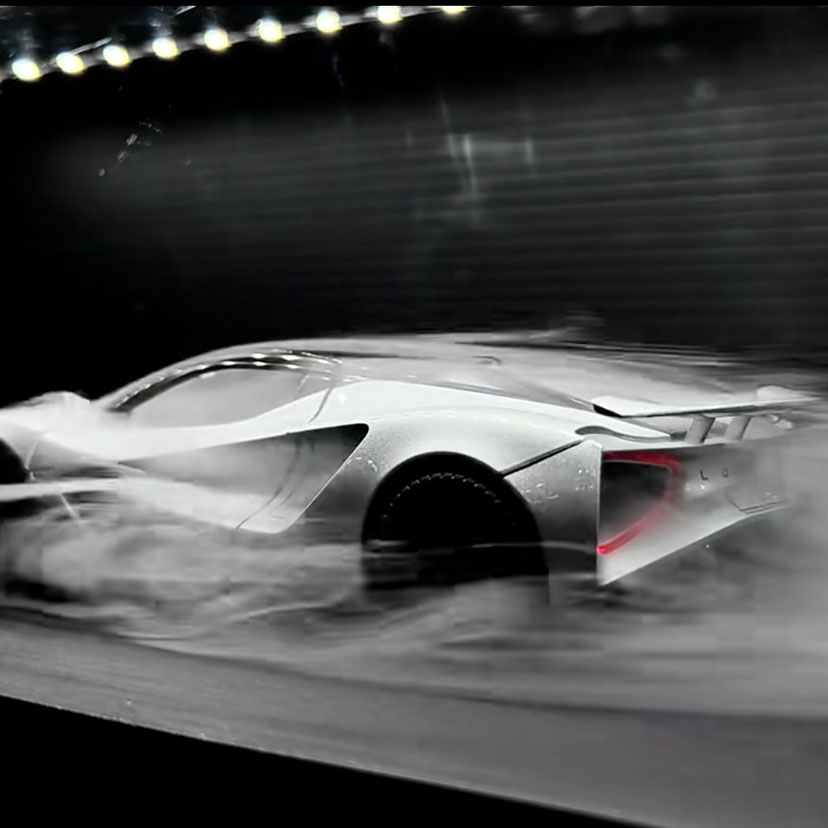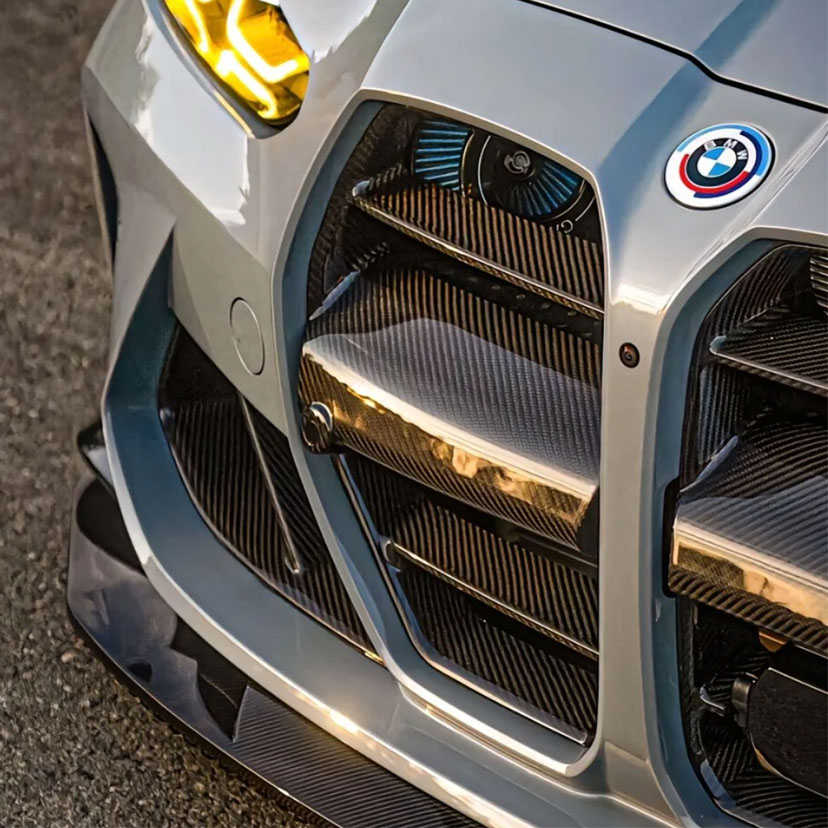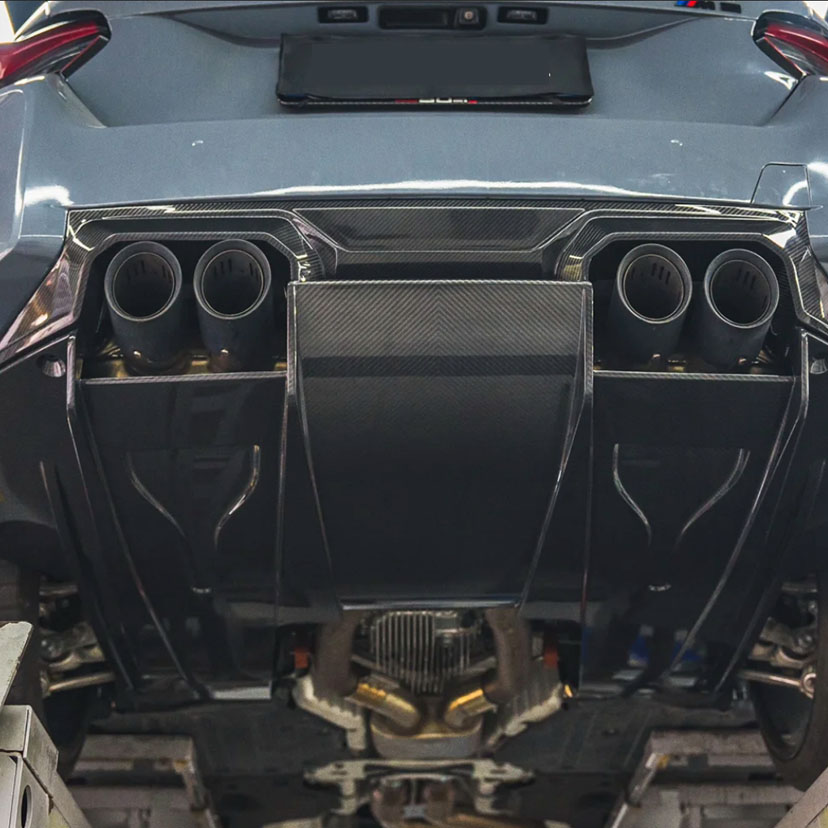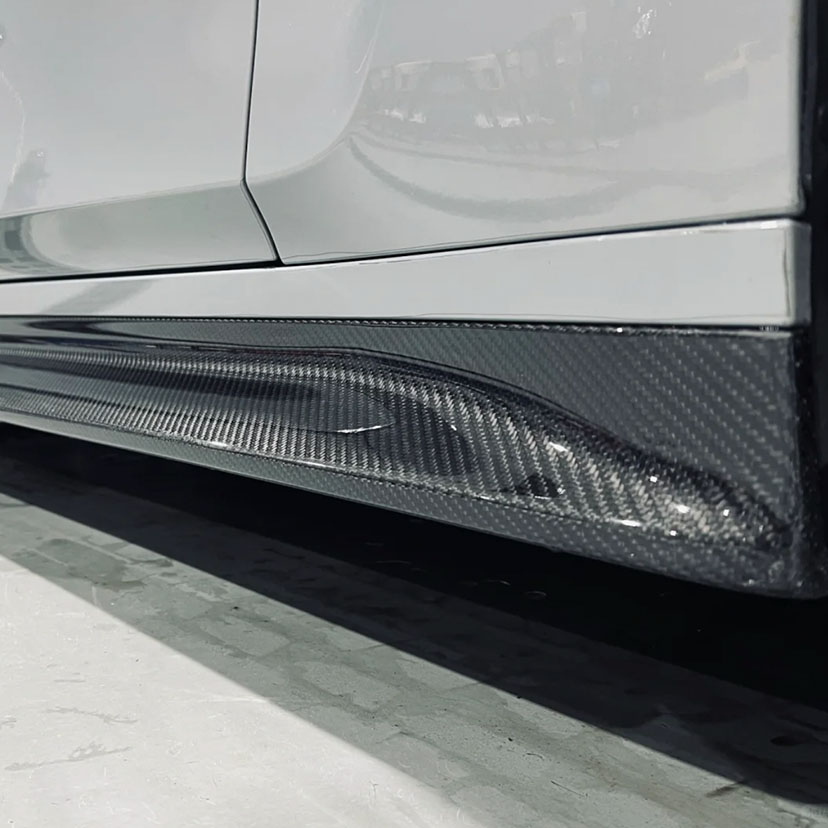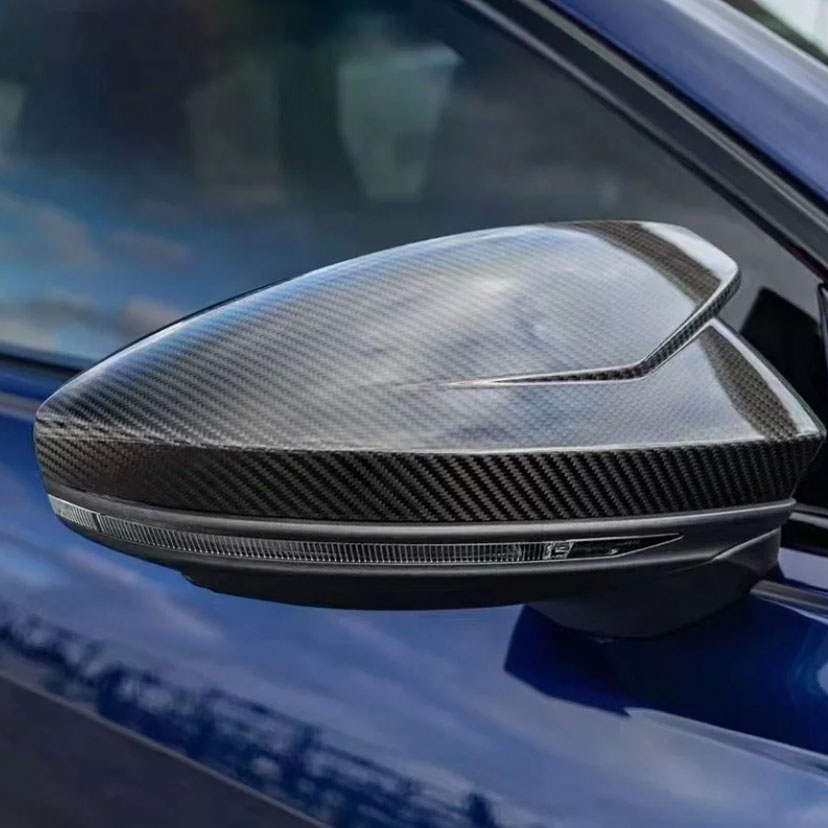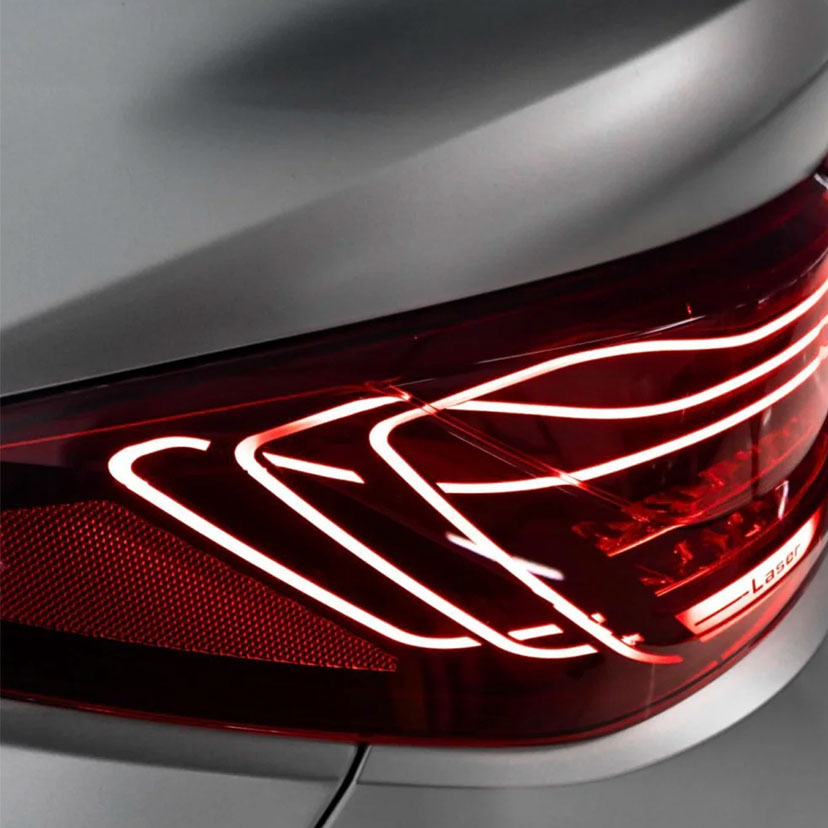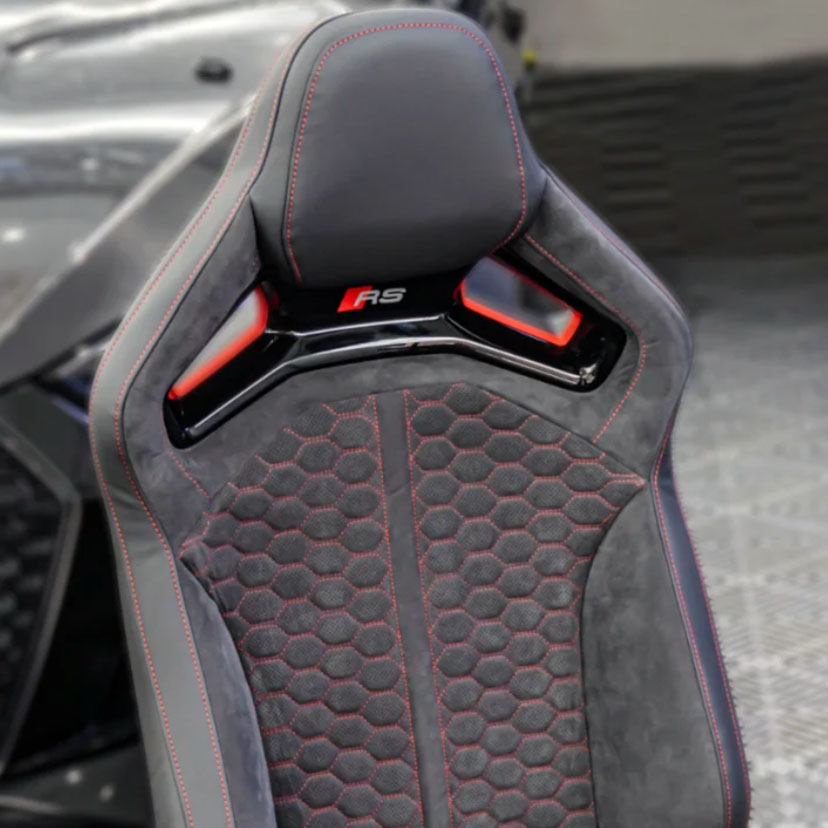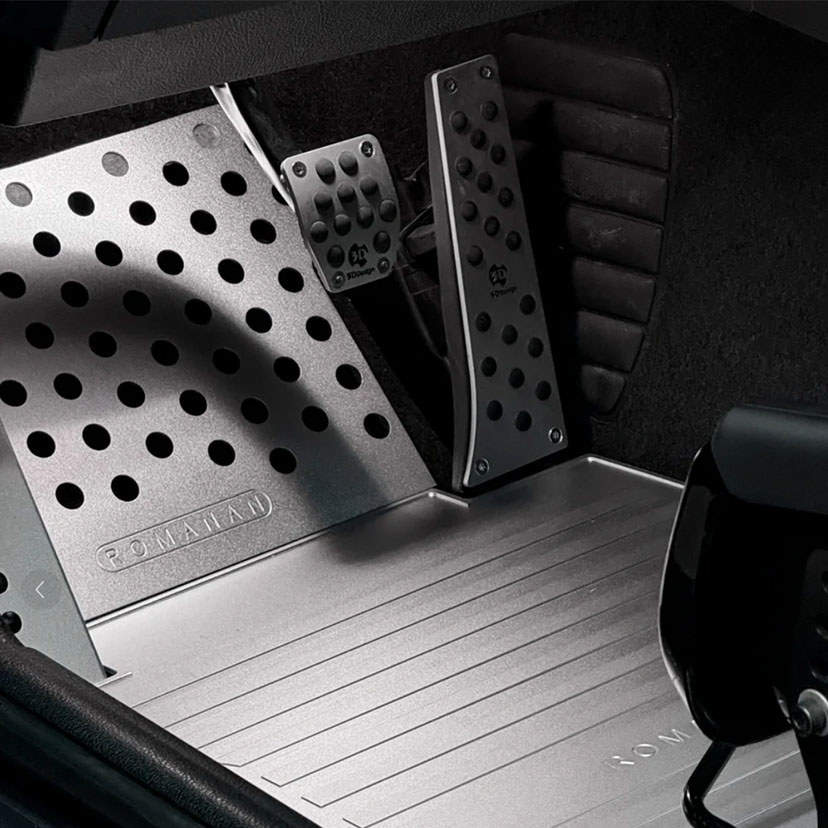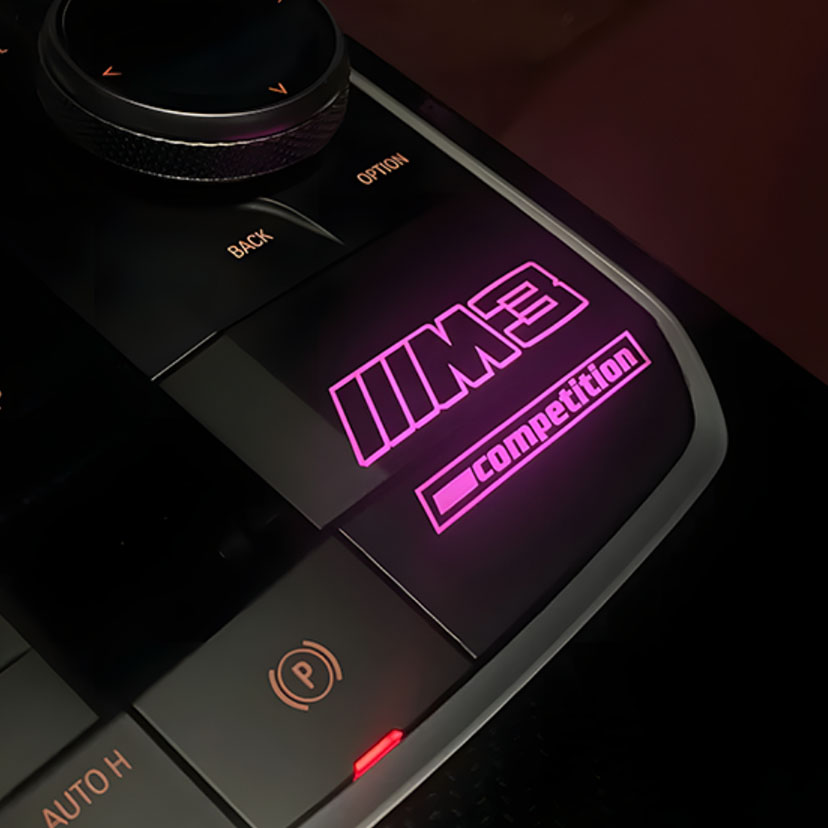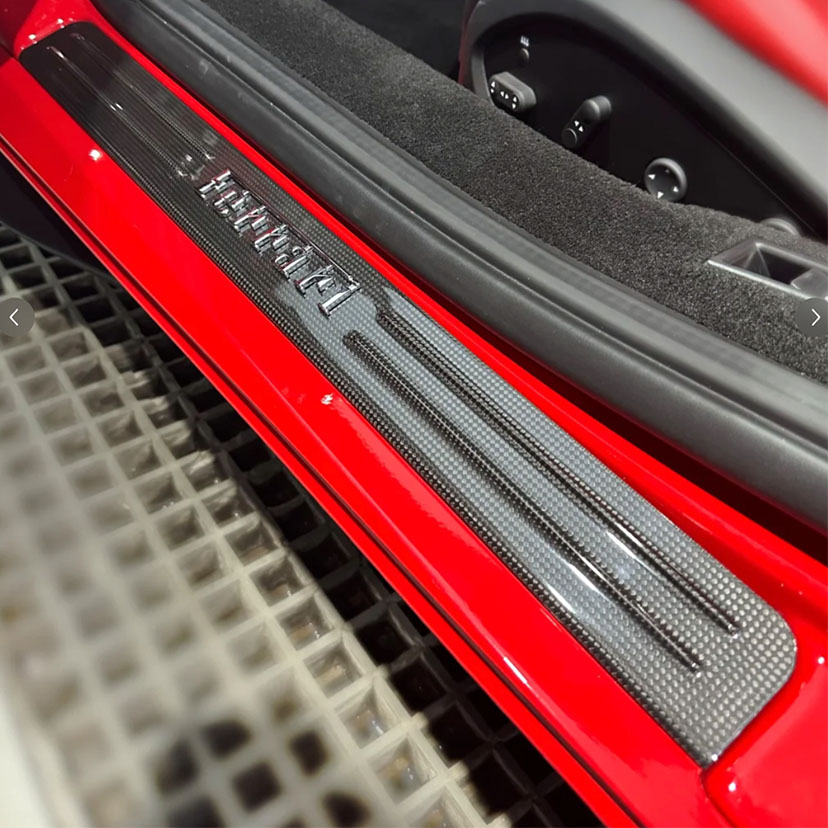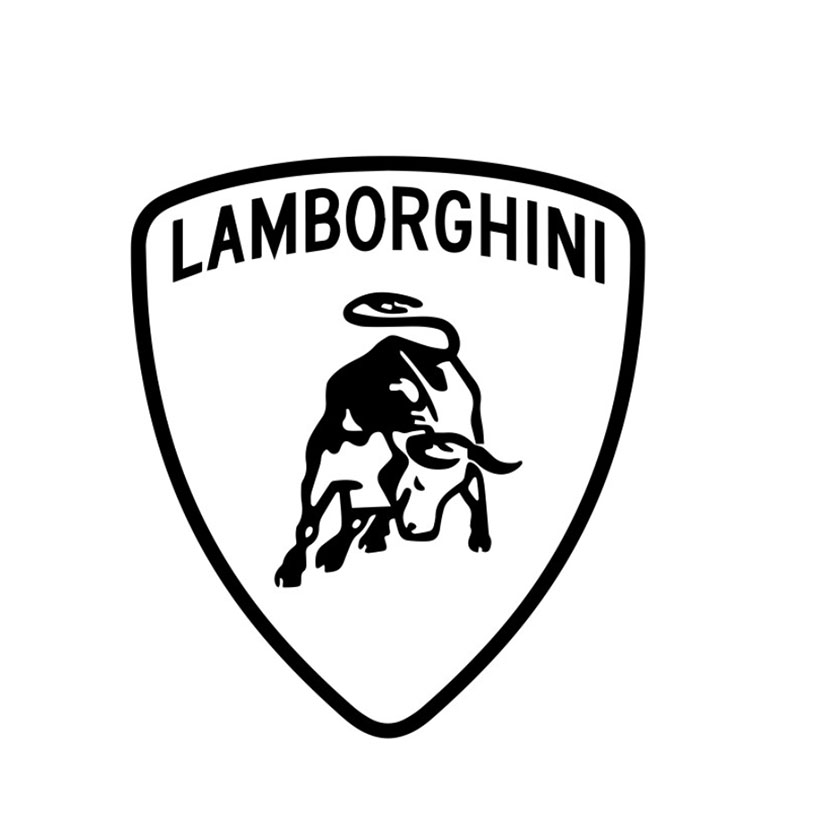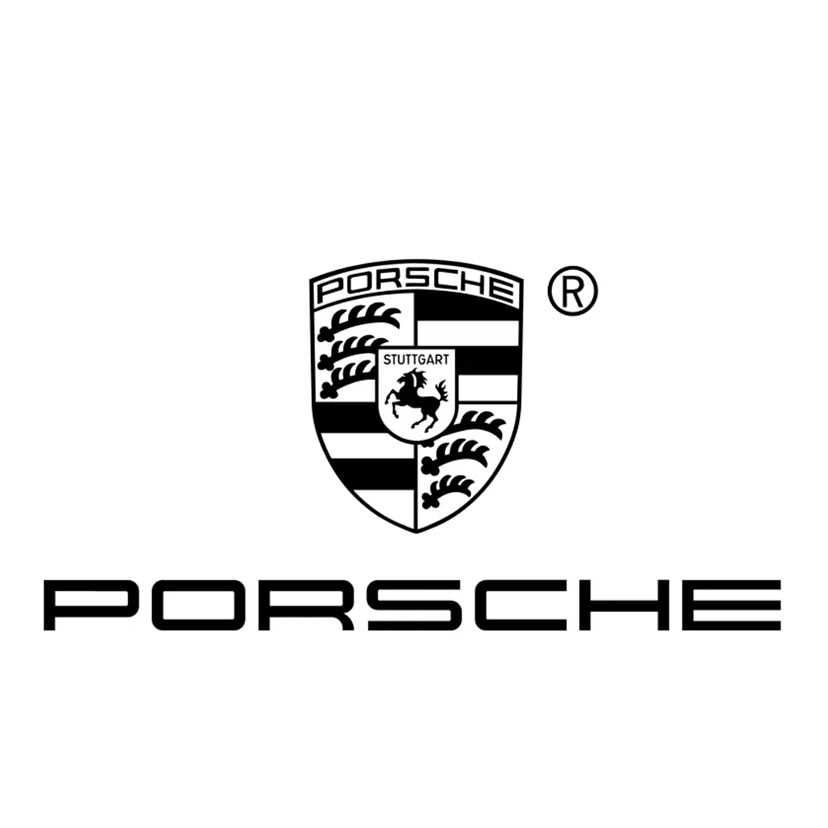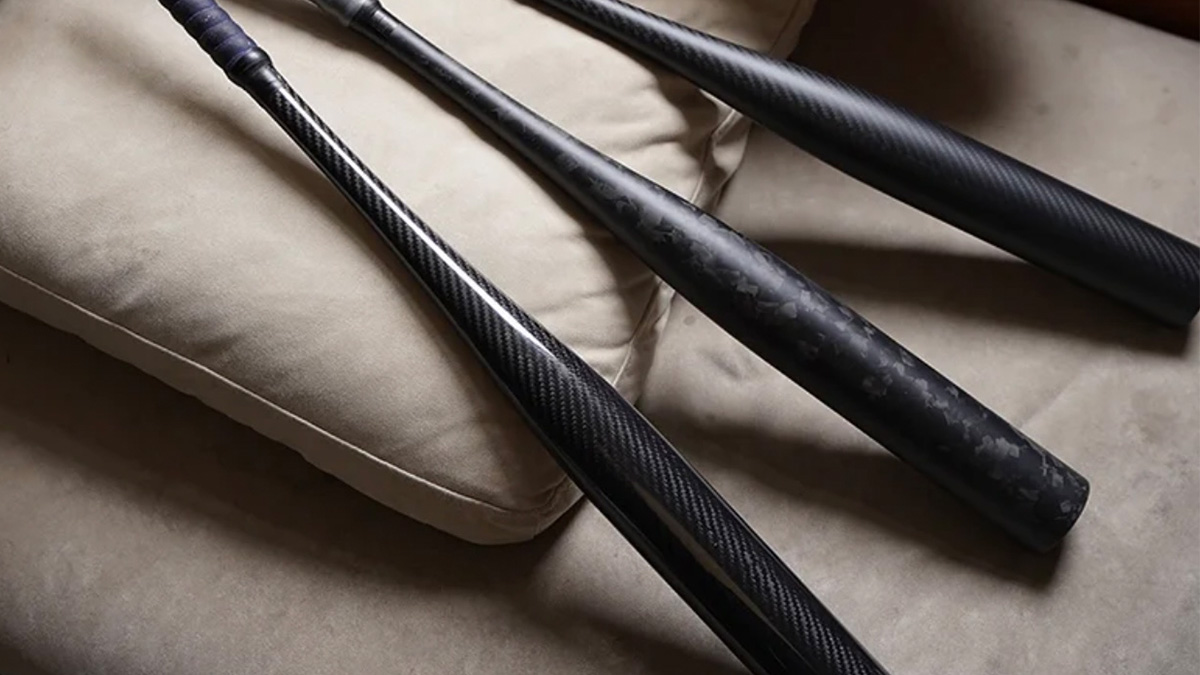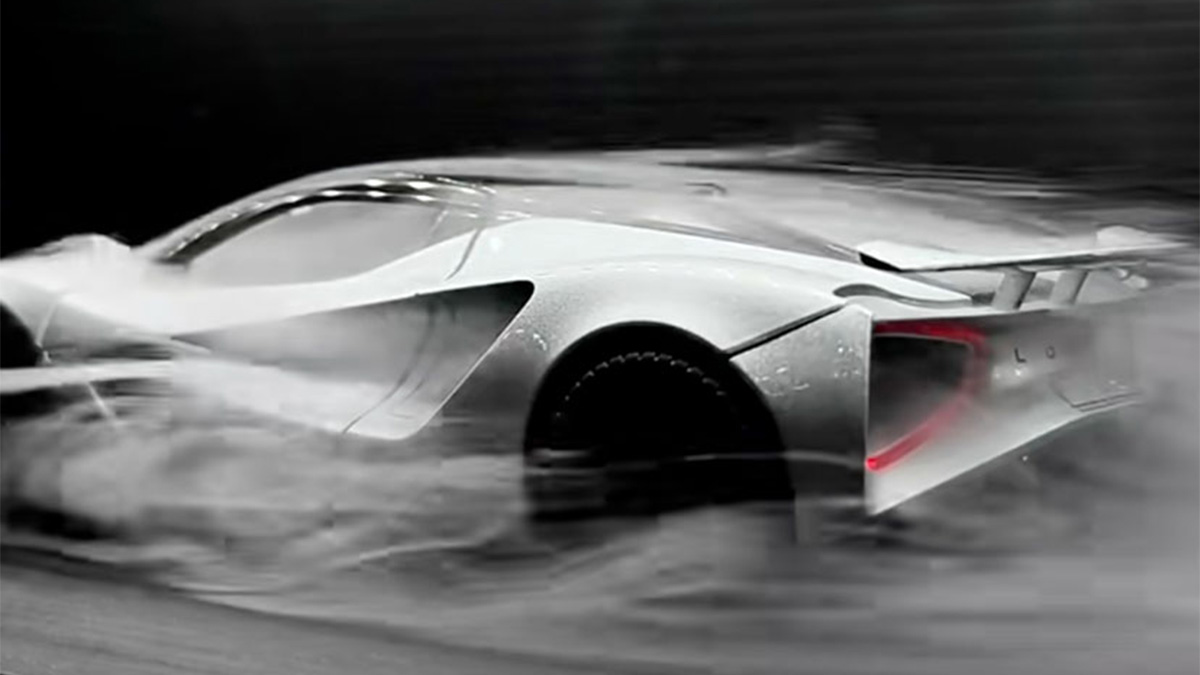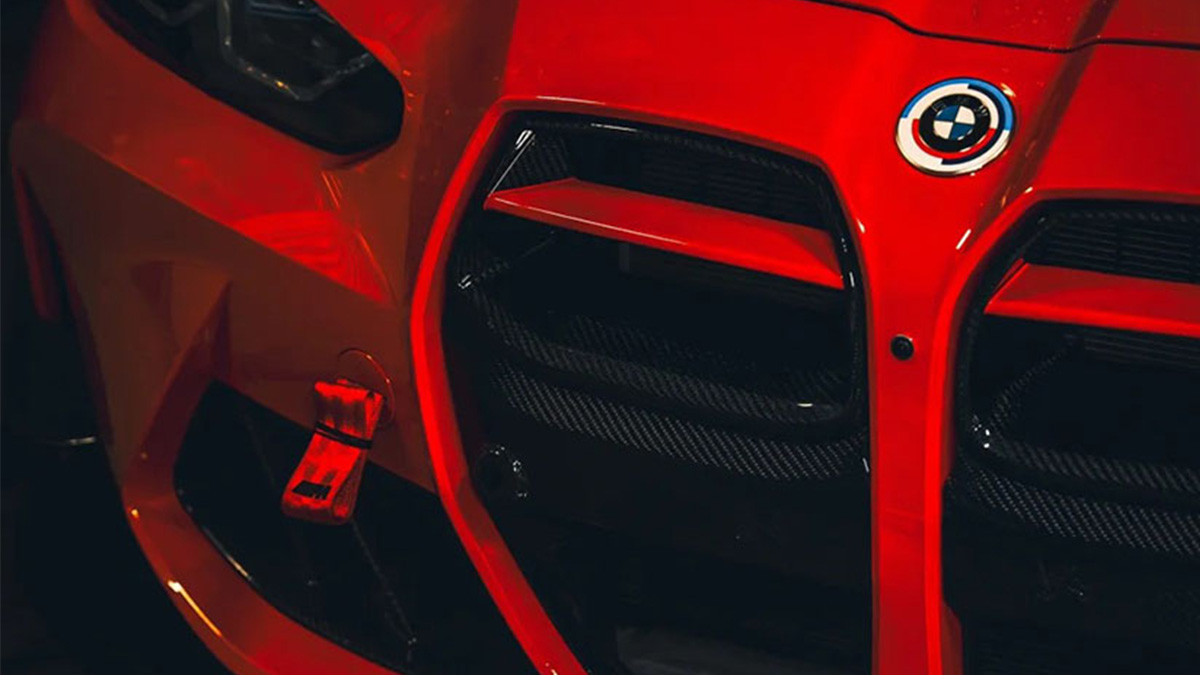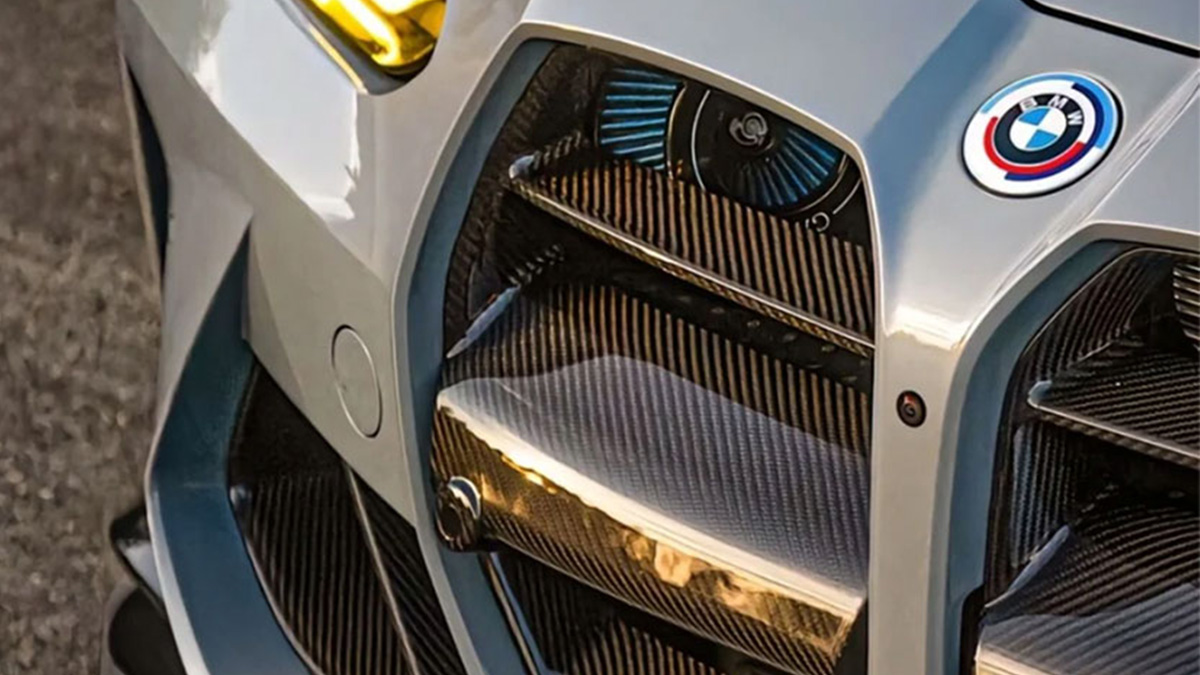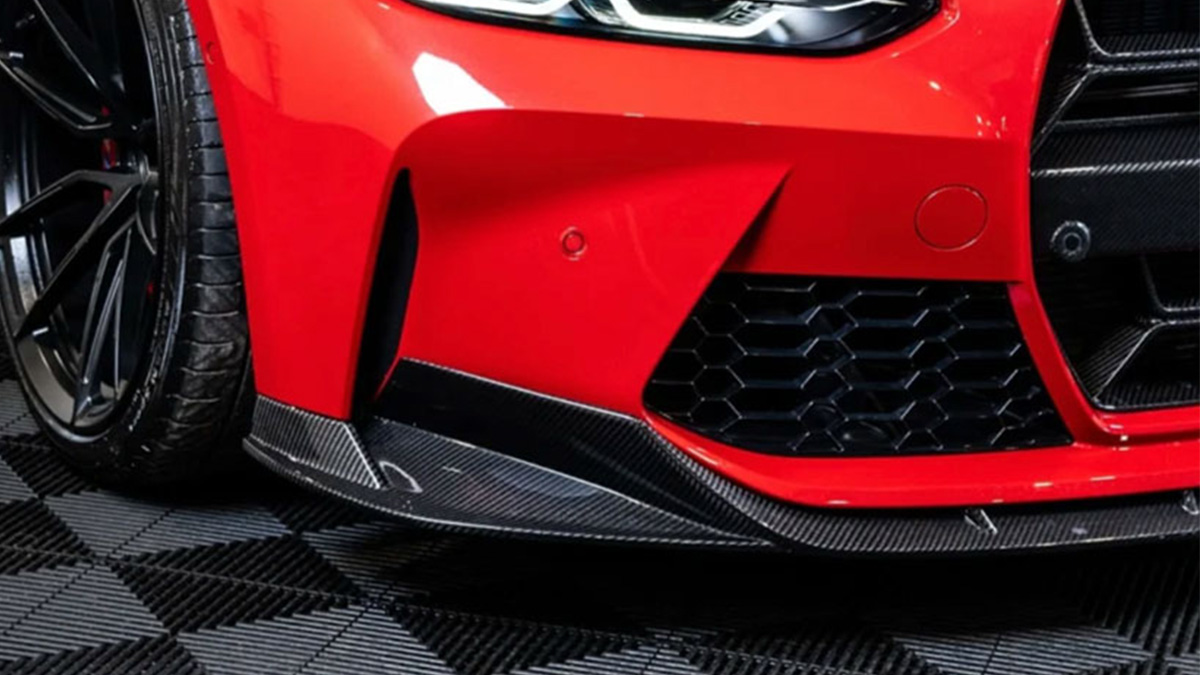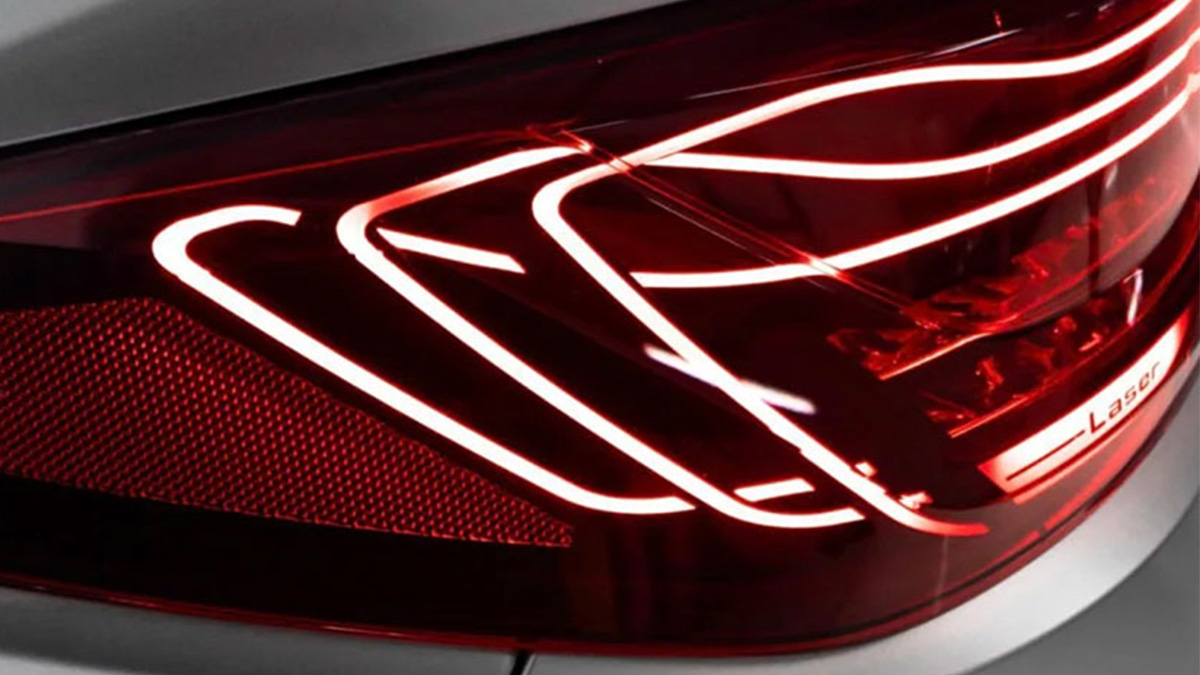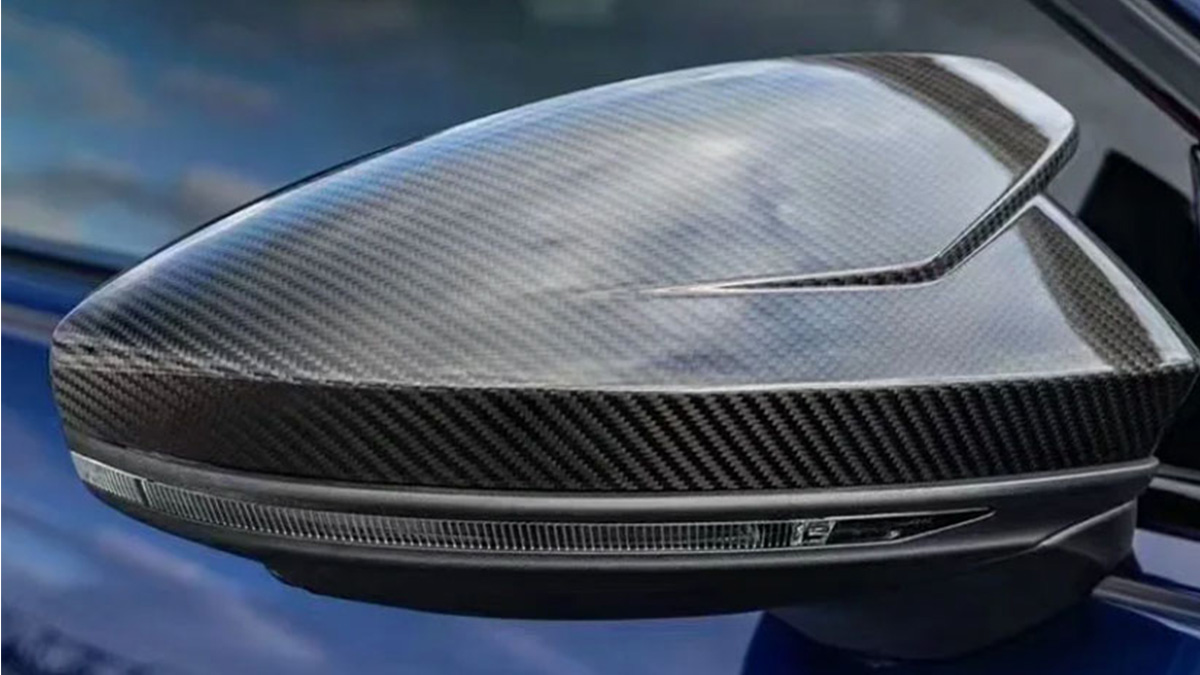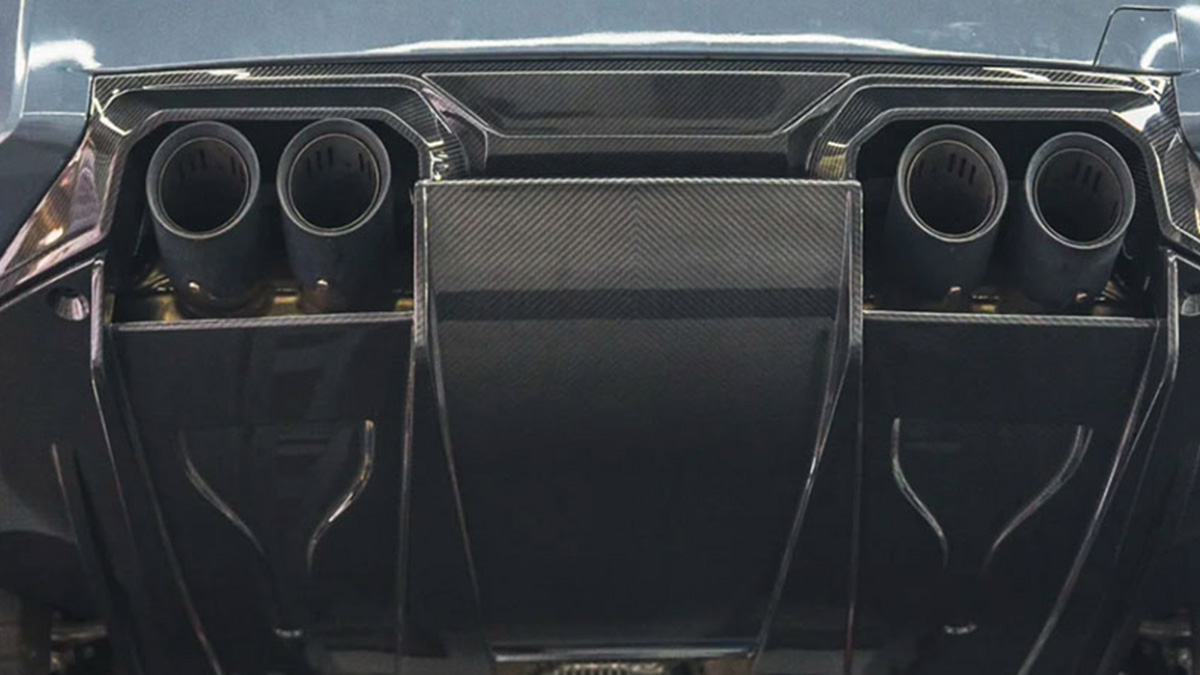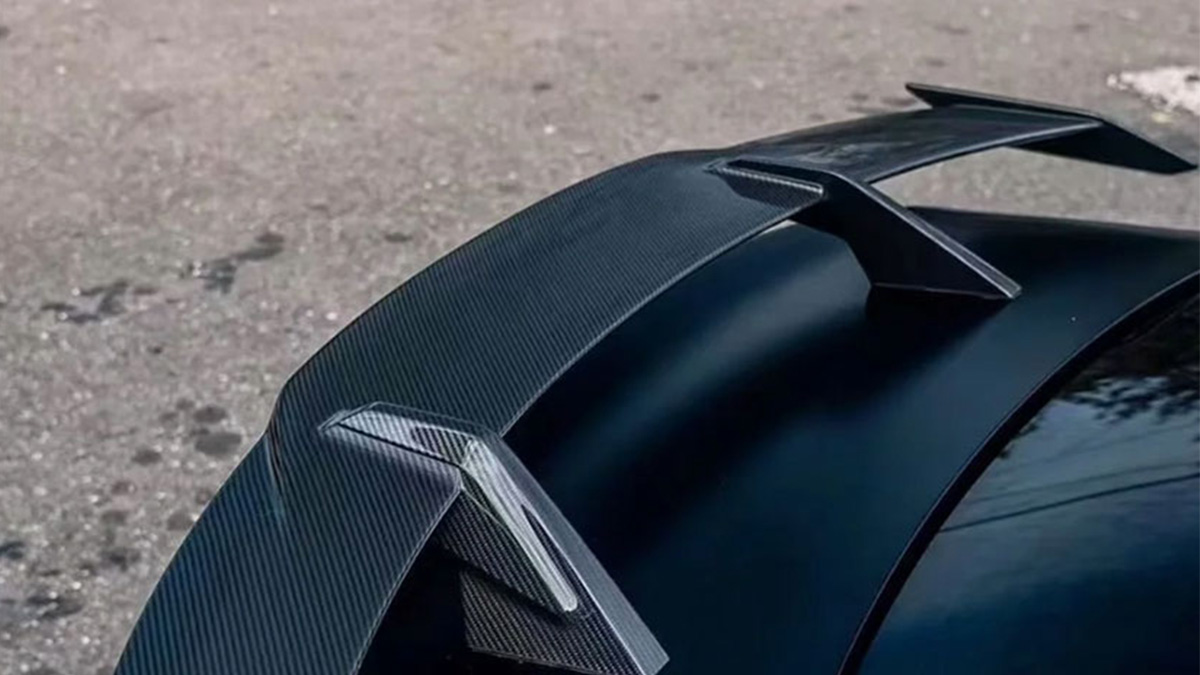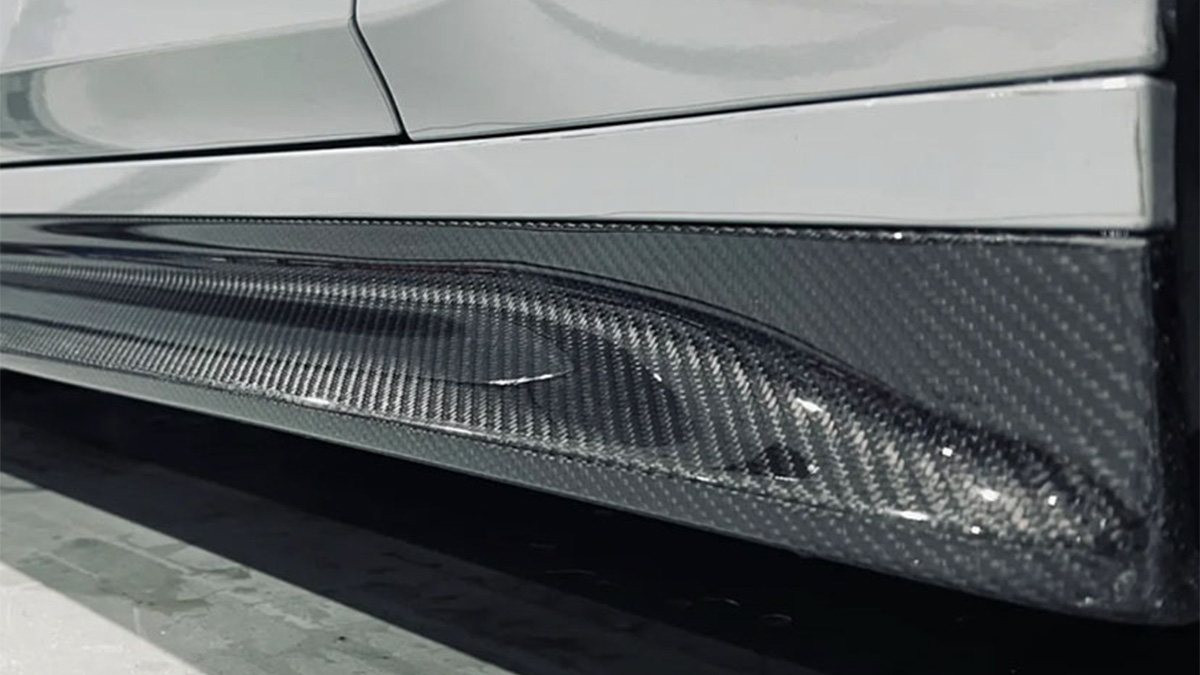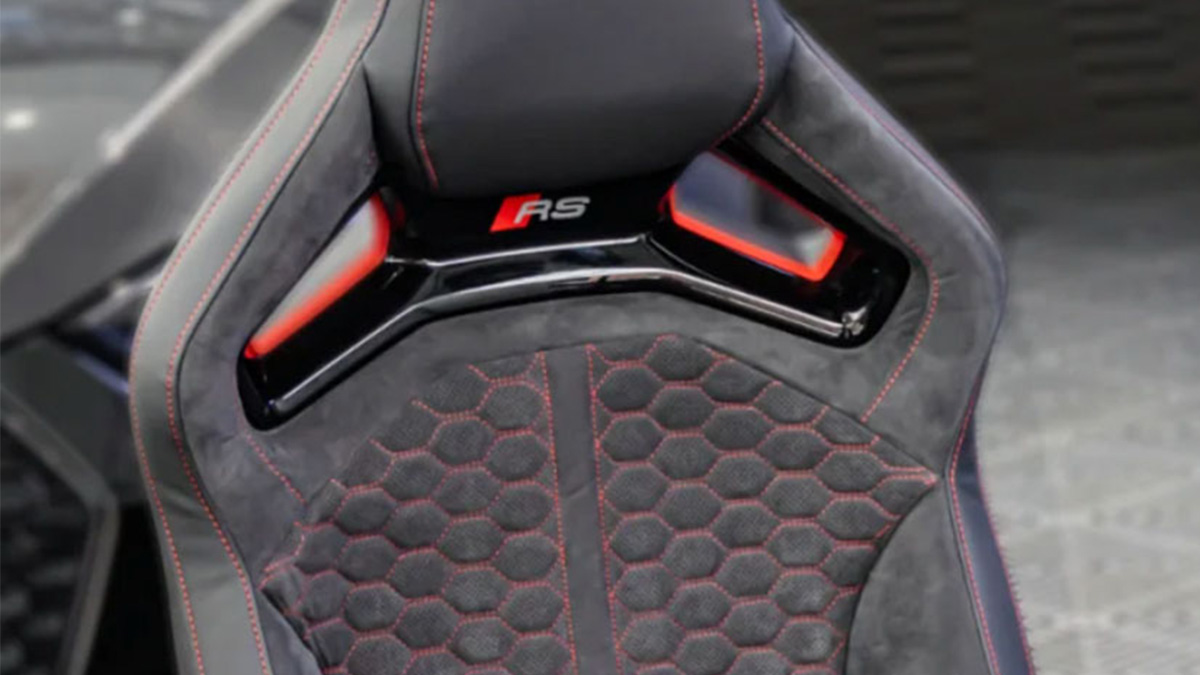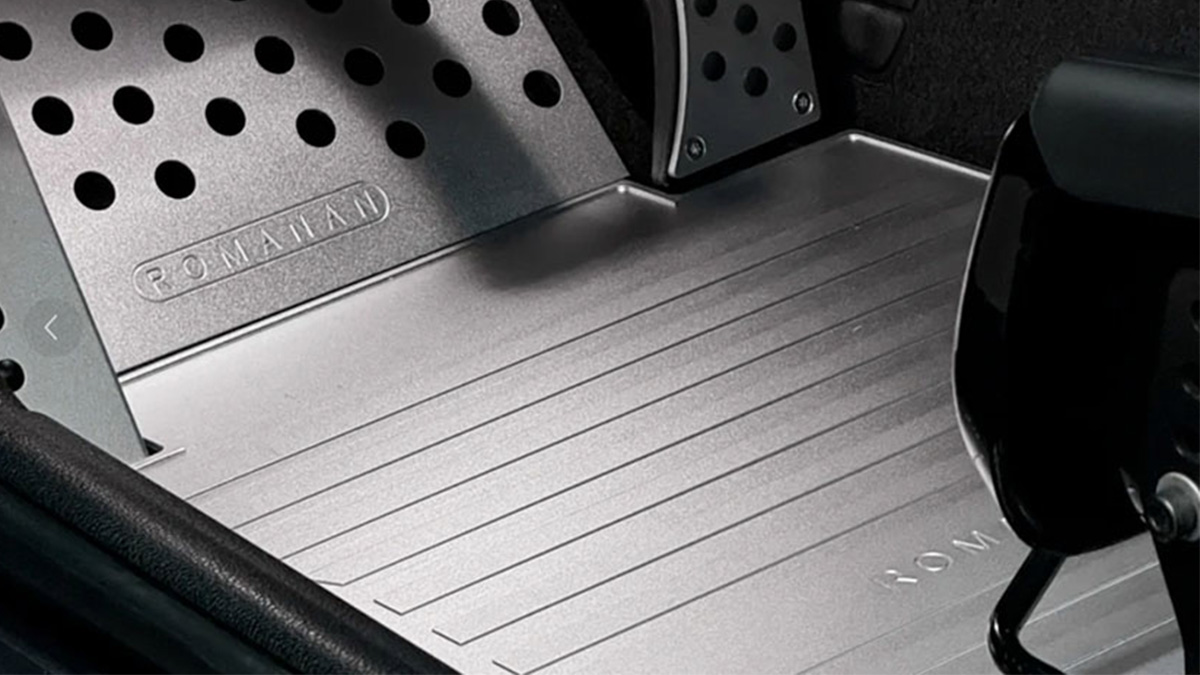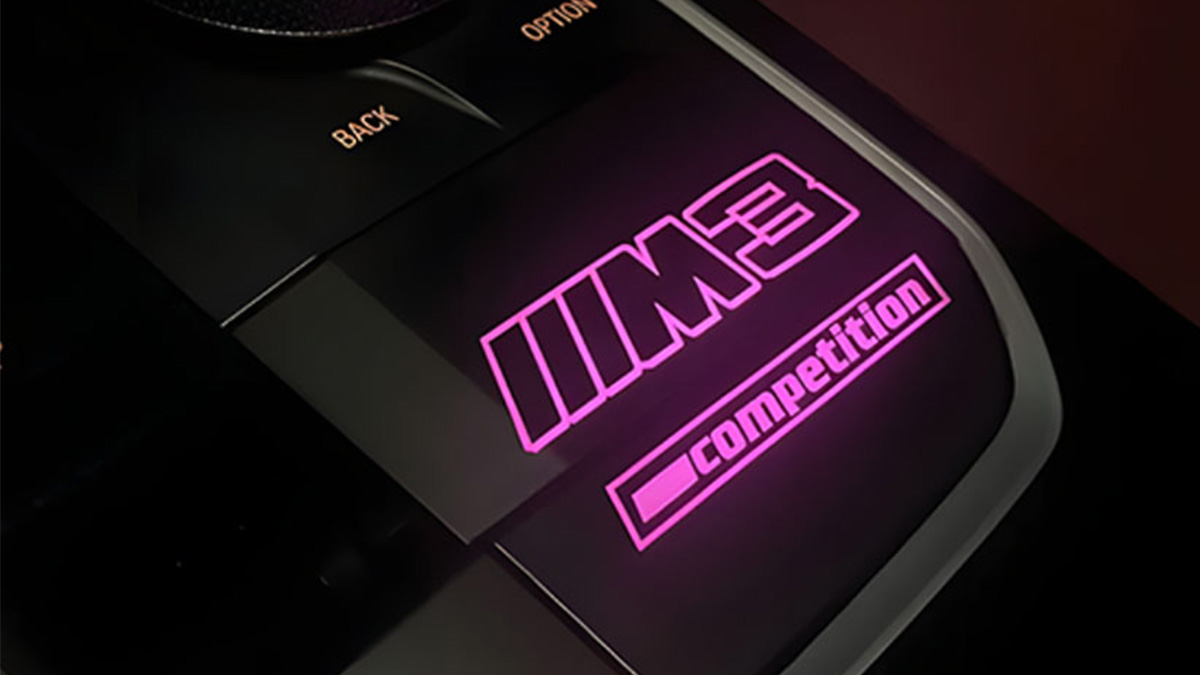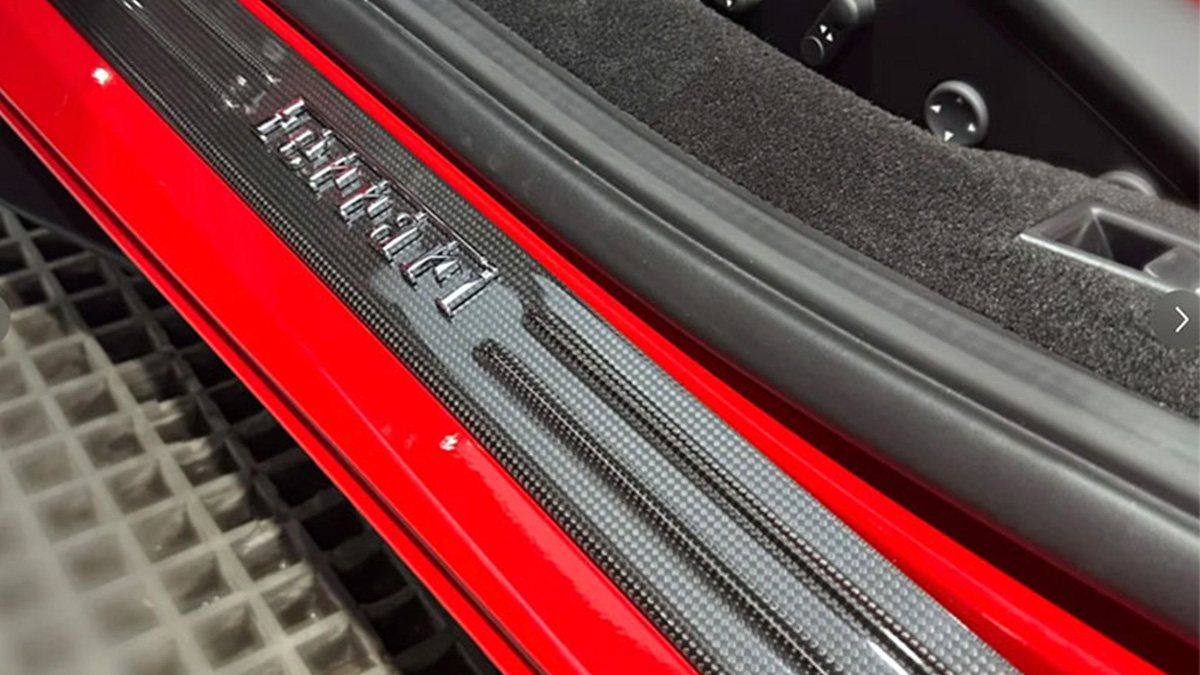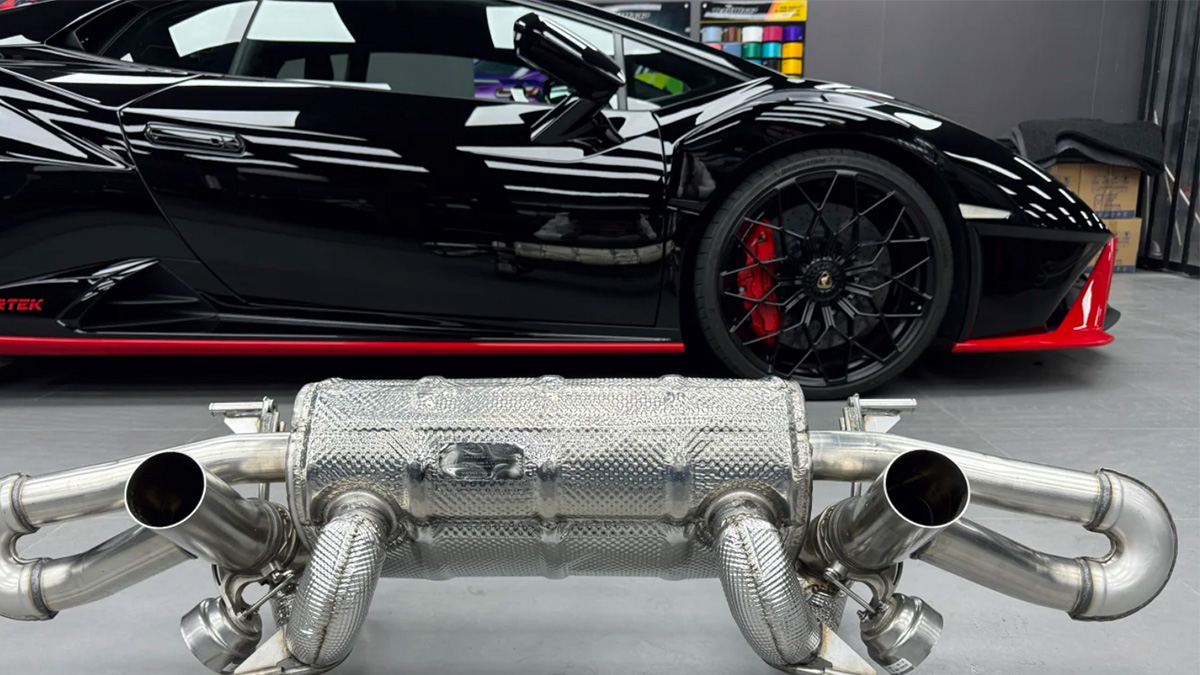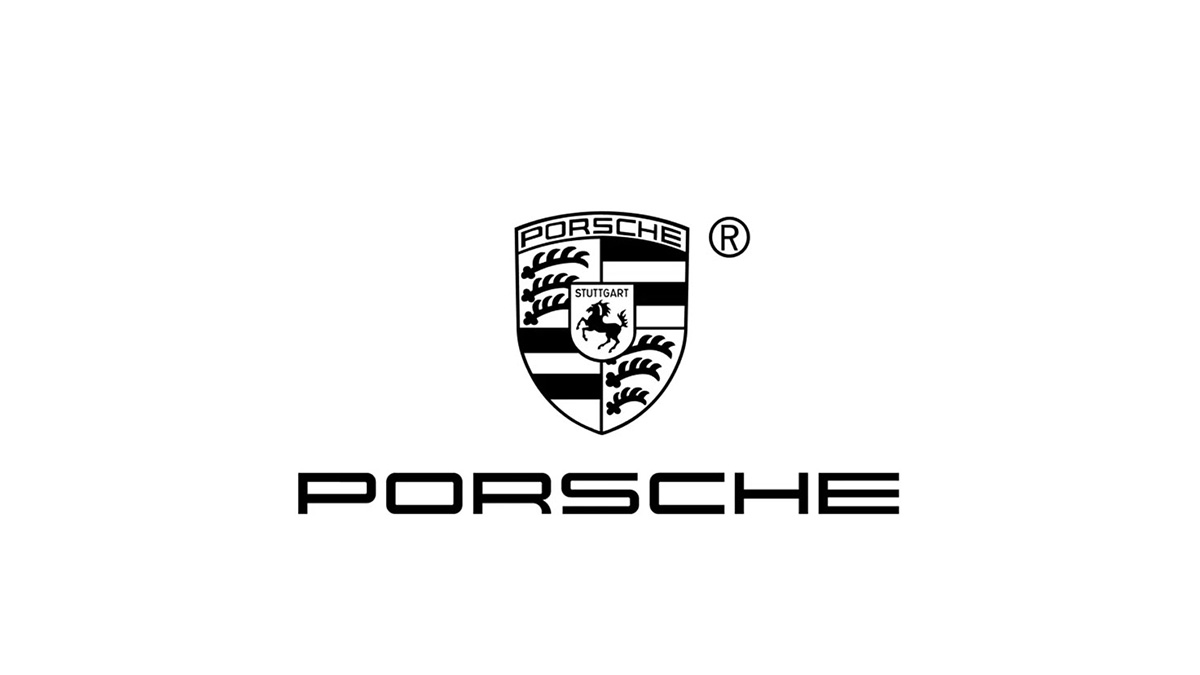The Evolution of Toyota Race Cars Through the Decades

Toyota has revolutionized motorsports with its innovative engineering and relentless pursuit of excellence. From rally tracks to endurance circuits, Toyota race cars have consistently pushed the boundaries of performance. The brand’s commitment to innovation is evident in its achievements, such as the TS050 Hybrid’s historic Le Mans victory in 2018. Legendary models like the Toyota Corolla WRC and Celica GT-Four defined the WRC golden era, setting benchmarks for reliability and speed. Toyota Racing Development (TRD) continues to shape the future of motorsports, blending cutting-edge technology with a rich racing history. With Toyota Gazoo Racing leading the charge, you witness a legacy of winning history that inspires the next generation of racers.
主要收获
Toyota started racing in the 1950s with the Toyopet Racer. This car showed Toyota’s promise and love for racing.
The Toyota Celica GT-Four ruled the World Rally Championship in the 1990s. It showed Toyota’s great engineering in tough conditions.
The TS050 Hybrid was a big step for Toyota in long races. It won Toyota’s first Le Mans race in 2018 using smart hybrid technology.
Toyota is working on hydrogen-powered race cars to help the planet. This matches their goal of a carbon-free future.
The GR Supra shines in today’s GT racing. It shows Toyota’s focus on speed and new ideas in motorsports.
The Beginnings of Toyota Race Cars: 1950s–1970s

Early Motorsport Ventures
The Toyopet Racer and Toyota’s motorsport debut
Toyota’s journey into motorsport began with the Toyopet Racer in the 1950s. This car marked Toyota’s first step into competitive racing. Despite limited experience, the Toyopet Racer achieved a remarkable third-place finish in its debut race. This success inspired Toyota to continue developing vehicles for motorsport. The Toyopet Racer demonstrated the brand’s potential and laid the foundation for Toyota’s early racing history.
The Toyota Crown’s endurance racing milestones
The Toyota Crown became a symbol of endurance and reliability in the late 1950s. It participated in grueling endurance races, showcasing Toyota’s engineering capabilities. The Crown’s performance in these events proved that Toyota could compete on the global stage. These early achievements set the stage for Toyota’s future dominance in motorsport.
Breakthrough Models and Achievements
The Toyota 7 as the first purpose-built race car
The Toyota 7 represented a significant leap in Toyota’s racing ambitions. Designed by Jiro Kawano, who also worked on the iconic 2000GT, the Toyota 7 was a collaboration between Toyota and Yamaha. This prototype introduced groundbreaking technology, including the world’s first turbocharged engine in a race car. The Toyota 7 demonstrated Toyota’s commitment to innovation and established its reputation as a serious contender in motorsport.
Key features of the Toyota 7:
Turbocharged engine, a first in motorsport.
Advanced engineering that influenced future Toyota race cars.
The 2000GT’s international success and speed records
The Toyota 2000GT brought international acclaim to Toyota. This car achieved several milestones, including third place in the 1966 Japanese Grand Prix and a win at the Suzuka 1000 Kilometers in the same year. In 1967, it triumphed in the Fuji 24-Hour Endurance Race and the Suzuka 500km Race. The 2000GT also set 13 FIA world records for speed and endurance during a 72-hour test at Yatabe in 1966. These achievements highlighted Toyota’s ability to combine performance with reliability, cementing its place in motorsport history.
The 2000GT’s success on the international stage showcased Toyota’s engineering prowess and its potential to compete with the best in the world.
WRC Dominance and Touring Success: 1980s–1990s
Rally Racing with the Toyota Celica
The Celica GT-Four’s World Rally Championship victories
The Toyota Celica GT-Four became a rallying legend during the 1980s and 1990s. You can trace its dominance to the World Rally Championship (WRC), where it secured multiple victories. Between 1990 and 1994, the Celica GT-Four won three drivers’ championships and two manufacturers’ titles. These achievements solidified Toyota’s reputation as a powerhouse in rally racing. The car’s reliability and adaptability made it a favorite among drivers and fans alike.
The Celica GT-Four’s success in the WRC showcased Toyota’s ability to create vehicles that excel in the most challenging conditions. Its victories remain a highlight in Toyota racing history.
Technological advancements in turbocharging and all-wheel drive
The Celica GT-Four’s performance stemmed from groundbreaking technology. Toyota equipped it with an all-wheel drive system, ensuring superior traction on diverse terrains. Turbocharged engines provided the power needed to tackle demanding rally stages. The introduction of the anti-lag system further enhanced acceleration, giving the Celica GT-Four a competitive edge. These innovations not only contributed to its WRC dominance but also influenced the development of future Toyota race cars.
Key advancements in the Celica GT-Four:
All-wheel drive systems
Turbocharged engines
Anti-lag system
Touring Car Excellence with the Supra
The Supra’s impact on Group A racing
The Supra made its mark in Group A racing during the 1980s and 1990s. Toyota introduced the Mk III Supra to compete in this highly competitive category. Despite facing challenges from rivals like the Ford Sierra Cosworth RS500 and Nissan Skyline GT-R, the Supra demonstrated Toyota’s commitment to excellence. It achieved notable victories in Japan and Australia, showcasing its potential on the touring car stage.
Key wins and its influence on Toyota’s racing reputation
The Supra’s victories in touring car racing highlighted its capabilities. In 1987, the TOM’S team won its debut race at the Sugo Track with the Mk III Supra. Two years later, Peter Fitzgerald secured the 1989 Australian Production Car Championship driving a Supra Turbo. These achievements reinforced Toyota’s reputation as a manufacturer of high-performance vehicles. Although the Supra faced challenges in Group A racing, its legacy remains an integral part of Toyota’s motorsport journey.
The Supra’s contributions to touring car racing demonstrated Toyota’s versatility and determination to succeed across different motorsport disciplines.
Toyota Racing in Endurance: 2000s–2010s

Le Mans Challenges and Triumphs
The TS030 Hybrid’s development and near victories
Toyota’s journey into endurance racing during the 2000s began with the TS030 Hybrid. This car marked Toyota’s return to the prestigious 24 Hours of Le Mans in 2012. You can see how Toyota faced significant challenges during this period. Technical issues, such as electrical problems during practice and qualifying, tested the team’s resilience. The No. 8 car suffered a major setback when it collided with another vehicle, resulting in injuries to the driver. Meanwhile, the No. 7 car retired due to engine failure. These hurdles highlighted the unpredictable nature of endurance racing and the intense competition Toyota faced.
Despite these obstacles, the TS030 Hybrid achieved notable success. It won two of the eight rounds in its debut season and secured second place at Le Mans in 2013. These accomplishments demonstrated Toyota’s determination to refine its hybrid technology and compete at the highest level.
The TS050 Hybrid’s historic Le Mans wins
The Toyota TS050 Hybrid revolutionized endurance racing and led Toyota to its first overall victory at Le Mans in 2018. This car incorporated groundbreaking innovations that set it apart from its competitors. Key advancements included a twin-turbo V6 petrol engine and an 8MJ hybrid system powered by lithium-ion batteries. These features enhanced both power and efficiency, enabling Toyota to dominate the race. The TS050 Hybrid also adapted to new regulations, showcasing Toyota’s ability to evolve with the sport’s demands.
创新 | 说明 |
|---|---|
Engine Technology | Introduction of a twin-turbo V6 petrol engine, enhancing power and efficiency. |
Hybrid System | Implementation of an 8MJ hybrid system utilizing lithium-ion batteries for improved performance. |
Regulation Adaptation | Adjustments made to comply with new energy consumption and fuel flow regulations. |
The TS050 Hybrid’s success at Le Mans cemented Toyota’s legacy in endurance racing and underscored its commitment to innovation.
Advancing Hybrid Technology
The role of hybrid systems in endurance racing
Hybrid technology has become a cornerstone of Toyota’s endurance racing strategy. The TS030 Hybrid introduced a 3.5MJ hybrid system, which evolved into the 8MJ system used in the TS050 Hybrid. This progression reduced fuel consumption by 35% while improving lap times by 10 seconds. These advancements highlight how hybrid systems enhance both performance and sustainability in endurance racing.
年份 | 模型 | Hybrid System | Fuel Consumption Reduction | 提高绩效 |
|---|---|---|---|---|
2012 | TS030 | 3.5MJ | 不适用 | 不适用 |
2019 | TS050 | 8MJ | 35% | 10 seconds per lap |
Toyota’s leadership in sustainable motorsport innovation
Toyota’s commitment to sustainability extends beyond performance. The TS050 Hybrid’s success demonstrated the potential of hybrid powertrains in motorsports. Toyota continues to innovate with models like the GR010 HYBRID Hypercar, which features a 3.5-liter V6 turbo engine and a four-wheel-drive hybrid powertrain. This approach aligns with Toyota’s vision for a carbon-neutral society and its ‘Achieving Zero’ initiative, which aims to reduce environmental impacts. By prioritizing sustainability, Toyota leads the way in shaping the future of endurance racing.
Toyota’s focus on hybrid technology and sustainability ensures its continued dominance in the world endurance championship.
Expanding Toyota Racing Horizons: NASCAR and Beyond
Toyota’s NASCAR Journey
The Toyota Camry’s debut and success in NASCAR
When Toyota entered NASCAR’s top-tier Cup Series in 2007, it marked a bold step into American motorsport. The Toyota Camry quickly became a competitive force, achieving significant milestones over the years. By 2016, Toyota had secured the manufacturer’s championship, with five Camry drivers winning 16 out of 36 races that season. This success demonstrated Toyota’s ability to adapt to NASCAR’s unique demands and thrive in a highly competitive environment.
Denny Hamlin’s victory at the Daytona 500 in 2016 was a historic moment, as it marked Toyota’s first win in this prestigious race. Kyle Busch added to the legacy by winning the Brickyard 400 in 2015 and securing Toyota’s 100th Cup victory in 2017.
Toyota’s involvement in NASCAR has also strengthened its brand image. With NASCAR boasting 75 million fans, Toyota has gained exposure to a loyal audience. Fans often support brands associated with their favorite drivers, creating a unique opportunity for Toyota to connect with this passionate community.
Championships and milestones in American motorsport
Toyota’s NASCAR journey has been defined by consistent achievements. Over 360 races, Toyota has captured 95 wins and 90 pole positions. These accomplishments highlight Toyota’s commitment to excellence and its ability to compete at the highest level. Events like the Daytona 500 and Brickyard 400 have solidified Toyota’s place in NASCAR history, showcasing the Camry’s reliability and performance on the track.
Modern Racing with the GR Supra
The GR Supra’s role in GT racing
The GR Supra has become a cornerstone of Toyota’s modern GT racing efforts. Since its return to racing in 2019, the Supra has competed in the global GT4 Series, earning over 100 podium finishes and 11 championship victories. In August 2022, the GR Supra celebrated its 50th class win at the GT World Challenge Asia, further cementing its reputation as a high-performance race car.
Toyota continues to refine the GR Supra for racing. Enhancements like a power boost in 2020 and suspension optimization in 2022 have improved its competitiveness. With over 50 GR Supra GT4 cars participating in races worldwide, you can see how Toyota’s dedication to innovation drives its success in GT racing.
Combining performance with sustainability in modern motorsport
The GR Supra exemplifies Toyota’s commitment to balancing performance with sustainability. Its participation in endurance events like the Nürburgring showcases its racing heritage and adaptability. Toyota’s ongoing development of the GR Supra GT4 reflects its focus on creating race cars that excel in both speed and efficiency.
Evidence Description | 年份 | Context |
|---|---|---|
GR Supra competed in the endurance race at Nürburgring as Toyota A90 and GR Supra. | 2018-2019 | Demonstrates the vehicle’s racing heritage and performance capabilities in a competitive setting. |
GR Supra GT4 is continually evolving with each race, leading to new iterations. | Ongoing | Highlights the commitment to performance improvement and adaptation in motorsport. |
Supra has participated in various motorsports, showcasing its versatility. | 各种 | Indicates the vehicle’s long-standing presence and adaptability in different racing formats. |
Toyota’s focus on sustainability ensures that its race cars not only perform at the highest level but also align with the brand’s vision for a greener future. The GR Supra stands as a testament to Toyota’s ability to innovate while respecting the environment.
The Future of Toyota Race Cars
Innovations in Sustainability
Hydrogen-powered race cars and carbon-neutral goals
Toyota continues to lead the charge toward a sustainable future in motorsport. You can see this commitment in its development of hydrogen-powered race cars. Toyota has equipped a racing vehicle based on the Corolla Sport with a hydrogen engine, which competes in the Super Taikyu Series. This innovation highlights Toyota’s dedication to achieving a carbon-neutral mobility society. The hydrogen engine delivers excellent responsiveness and environmental performance, making it a game-changer in sustainable racing.
Toyota has also introduced the Corolla Cross Hydrogen Concept, a prototype hydrogen combustion road car. The GR Corolla H2, which participated in the 2022 racing season, achieved remarkable advancements. It increased combustion power by 24% and extended its range by 30%. Refueling time dropped from five minutes to just 90 seconds, showcasing its competitive edge. These breakthroughs demonstrate Toyota’s ability to combine cutting-edge technology with real-world racing applications.
Key advancements in hydrogen-powered race cars:
High-pressure hydrogen direct injection technology.
Significant improvements in power, range, and refueling time.
Ongoing evaluation through real-world racing scenarios.
Toyota Gazoo Racing has also embraced hydrogen-powered internal combustion engines since 2021. Akio Toyoda, Toyota’s visionary leader, emphasizes hydrogen as a viable alternative to battery electric vehicles (BEVs). This approach aligns with Toyota’s long-term goal of creating carbon-neutral mobility solutions.
Toyota’s vision for eco-friendly motorsport
Toyota envisions a future where motorsport thrives without compromising the environment. By leveraging racing as a testing ground, Toyota refines its technologies to enhance both performance and sustainability. The brand’s focus on hydrogen-powered engines and hybrid systems reflects its commitment to reducing environmental impact. Toyota’s efforts in this area not only benefit motorsport but also contribute to a greener society.
Toyota’s vision for eco-friendly motorsport ensures that you can enjoy the thrill of racing while supporting a sustainable future.
Continuing the Legacy
Upcoming models and advancements in racing technology
Toyota Gazoo Racing continues to push the boundaries of innovation. At the Tokyo Auto Salon 2025, Toyota plans to showcase the “LAND CRUISER BASE,” a model emphasizing customization and performance upgrades. Dynamic outdoor demo runs will allow you to experience the power and agility of Toyota’s latest vehicles firsthand. These events highlight Toyota’s dedication to engaging with fans and sharing its design and engineering philosophy.
Toyota’s advancements in racing technology extend beyond new models. The brand’s focus on hybrid systems, hydrogen engines, and lightweight materials ensures that its race cars remain at the forefront of innovation. These technologies not only enhance performance but also align with Toyota’s sustainability goals.
Toyota’s commitment to shaping the future of motorsport
Toyota’s rich history in motorsport serves as a foundation for its future endeavors. From dominating WRC to achieving historic victories at Le Mans, Toyota race cars have consistently set benchmarks in performance and reliability. TRD continues to play a pivotal role in developing cutting-edge technologies that shape the future of racing. By prioritizing sustainability and innovation, Toyota ensures that its legacy remains relevant for generations to come.
Toyota’s commitment to shaping the future of motorsport inspires confidence in its ability to lead the industry toward a more sustainable and exciting era.
Toyota race cars have consistently redefined motorsport with their innovation and performance. You can see this in their dominance at Le Mans, their rally victories, and their NASCAR milestones. Toyota’s history reflects a commitment to pushing boundaries, with TRD playing a pivotal role in advancing racing technology. By focusing on sustainability and cutting-edge engineering, Toyota racing continues to inspire future generations. Whether through hybrid systems or hydrogen-powered engines, Toyota ensures its legacy remains strong. You can trust Toyota to lead motorsport into a greener, more exciting future.


